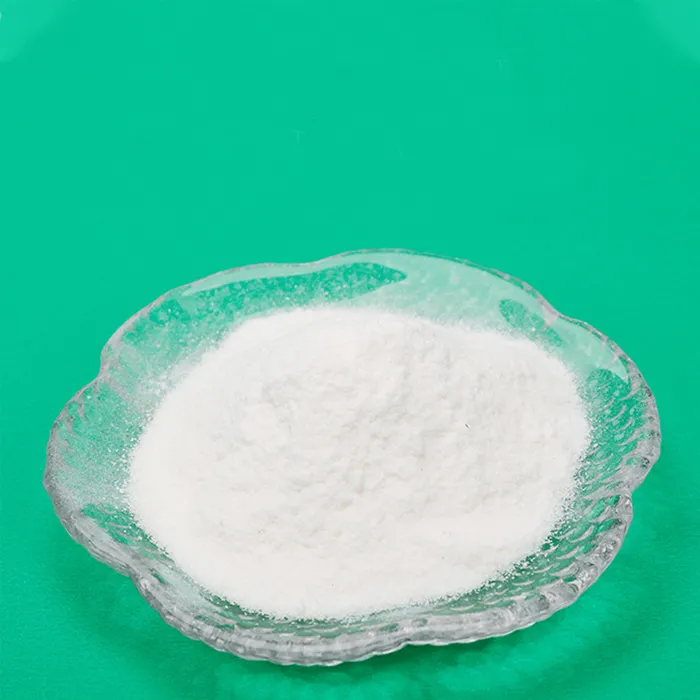The Versatile Compound Exploring C6H10O4
Introduction
C6H10O4 is a chemical compound that falls within the category of dicarboxylic acids, primarily identified as hexanedioic acid or adipic acid. It plays a critical role in various industrial applications and is essential in organic chemistry. The structure of this compound reveals two carboxyl groups (-COOH) on the central carbon chain, making it a unique and versatile compound with diverse functionalities.
Chemical Structure and Properties
The molecular formula C6H10O4 represents a compound with six carbon atoms, ten hydrogen atoms, and four oxygen atoms. Hexanedioic acid possesses a straight-chain structure with two carboxylic acid functional groups. This unique arrangement contributes to its properties, such as solubility in water, and its ability to undergo various chemical reactions. Adipic acid is a white, crystalline substance that is odorless and has a slightly sour taste. Its melting point is around 152 °C, and it is soluble in water, making it easy to incorporate into various formulations.
Production Methods
Adipic acid is primarily produced through the oxidation of cyclohexanol and cyclohexanone, derived from petroleum. The two main industrial processes for its production are the direct oxidation route and the nitric acid route. The direct oxidation involves the catalytic oxidation of cyclohexane in the presence of oxygen, while the nitric acid route converts cyclohexanol and cyclohexanone into adipic acid using nitric acid. Both methods result in significant quantities of adipic acid, which is crucial for manufacturing a wide range of products.
c6h10o4

Applications
Adipic acid is predominantly used in the production of nylon, a synthetic polymer that revolutionized the textile and plastics industries. It serves as a fundamental building block in the synthesis of nylon-66, which is known for its strength, durability, and resistance to wear. The versatility of nylon has made it a material of choice for apparel, automotive parts, and various other industrial applications.
In addition to its role in nylon production, C6H10O4 is also used as a food additive, where it acts as an acidity regulator and flavoring agent. Its ability to influence pH levels makes it valuable in food preservation and safety. Furthermore, adipic acid is utilized in the manufacturing of lubricants, plasticizers, and coatings, showcasing its multifunctionality across various industries.
Environmental Impact and Innovations
While adipic acid is essential in many applications, its production and usage have raised environmental concerns. The traditional production methods involve petroleum-based feedstocks and generate nitrous oxide, a potent greenhouse gas. In recent years, researchers have focused on developing more sustainable production methods, including biosynthetic routes. These eco-friendly processes aim to utilize biomass and renewable resources to produce adipic acid, reducing reliance on fossil fuels and minimizing environmental impact.
Conclusion
C6H10O4, or adipic acid, is a compound with vast significance in industrial applications and organic chemistry. Its unique structure allows it to participate in various chemical reactions, leading to its utilization in products like nylon, food additives, and lubricants. As industries strive for sustainability, innovative production methods are being explored to ensure that the benefits of this versatile compound continue without compromising environmental integrity. The exploration of C6H10O4 exemplifies the balance between industrial utility and ecological responsibility, paving the way for a more sustainable future.

